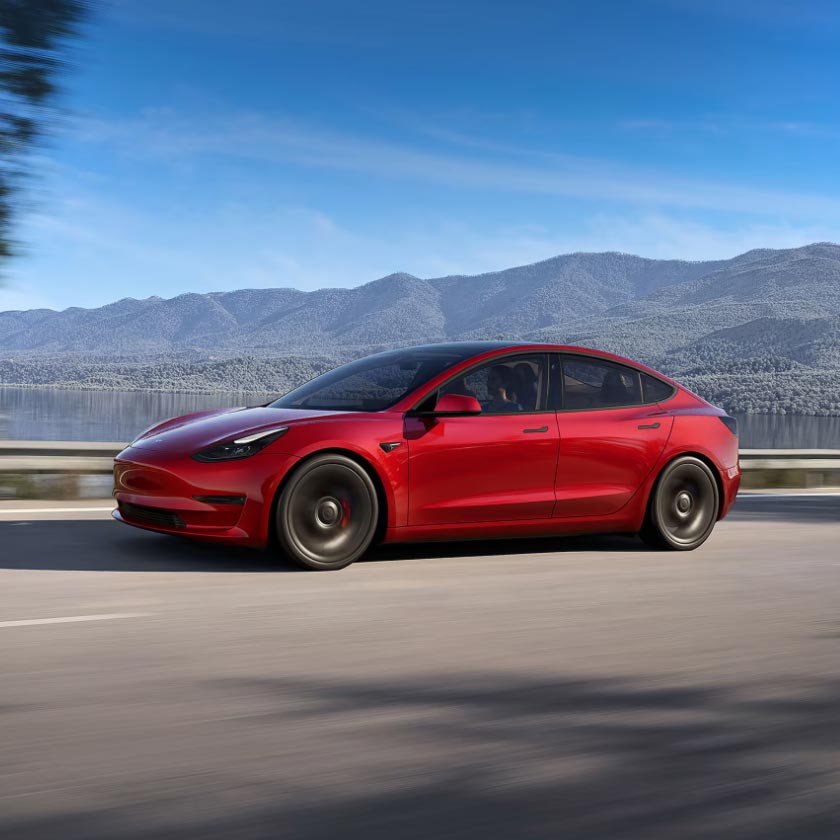Photo: Tesla
Tesla has released a new Megapack XL, which is 50% more powerful than the previous one. In addition, the new battery is large and powered by LFP batteries, which is the next step in the development of the company's energy business.
Tesla offers a wide range of services and products that aim to accelerate the world's transition to sustainable energy. One of the company's most important products for this is Megapack, an energy storage system designed to stabilize the power grid and reduce dependence on fossil fuels. To expand the impact of this product, Tesla began construction on the Megafactory in Lathrop in September 2021 and has big plans for the facility. In addition, the company has upgraded its Megapack to increase its value to the industry.
Reddit user u/space_s3x (via Tesla North) spotted that Tesla had quietly made changes to the Megapack specifications on its website and they are very impressive. Most importantly, its capacity has been increased by almost 50%, from 2.6 MWh to 3.9 MWh. The Megapack itself has become 64% heavier (33,000 lb) and larger in size: longer by 6 feet (27%), wider by 2 inches (3%), and taller by 1 foot (17%).
These changes indicate that Tesla has begun using LFP battery cells, which are likely manufactured by CATL, according to earlier rumors, which should have significantly reduced the cost of production.
In early 2021, Tesla CEO Elon Musk revealed that the company is looking to move to cobalt-free lithium iron phosphate (LFP) batteries in its stationary energy storage products. He explained that the bulk and cost of the cell is in the cathode. For high-energy cells, such as those that the company uses in most of the cars it produces, nickel-based lithium-ion cells are utilized. They have a higher energy density and yield longer range than iron-based cells. However, for stationary storage, the energy density is not that important because it just stays on the ground. That is why the vast majority of stationary storage facilities produced by the company will technically be iron-based lithium-ion cells with an iron phosphate cathode. In fact, the phosphate part is not needed and it's just iron or nickel, Musk explained.
“However, stationary storage, the energy density is not as important because it's just staying on the ground and so I think the vast majority of stationary storage will be iron-based lithium-ion cells with an iron phosphate cathode, technically. But the phosphate part is unnecessary. It's really just the iron or nickel.”
The exclusion of the controversial cobalt makes production not only more affordable from a financial point of view, but also more acceptable from a moral one. Another factor is that the availability of such materials is relatively low, while iron is a very common material. Thus, the production of energy storage devices using cobalt-free lithium-iron-phosphate batteries will solve a number of serious problems and lead to a high-quality, cheaper, and uncontested product.
© 2022, Eva Fox | Tesmanian. All rights reserved.
_____________________________
We appreciate your readership! Please share your thoughts in the comment section below.
Article edited by @SmokeyShorts, you can follow him on Twitter









